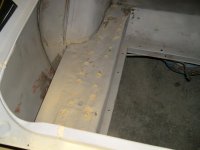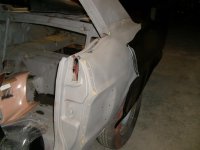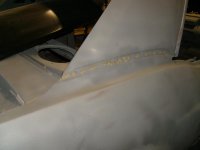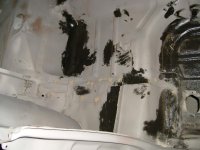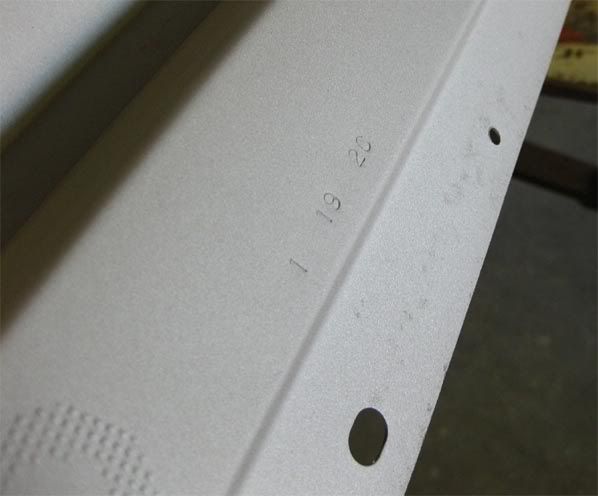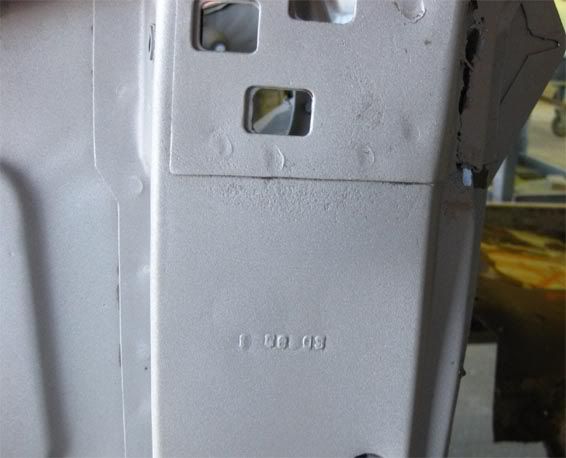i'm hoping you can see in the pictures, that from the middle of my gt/cs back to the rear, all of the welds have been brazed. i had it blasted and found this interesting development.
i'm looking for explainations for why this would be, i have my own theories about it but i don't know how i would ever be sure.
thoughts????????
i'm looking for explainations for why this would be, i have my own theories about it but i don't know how i would ever be sure.
thoughts????????

